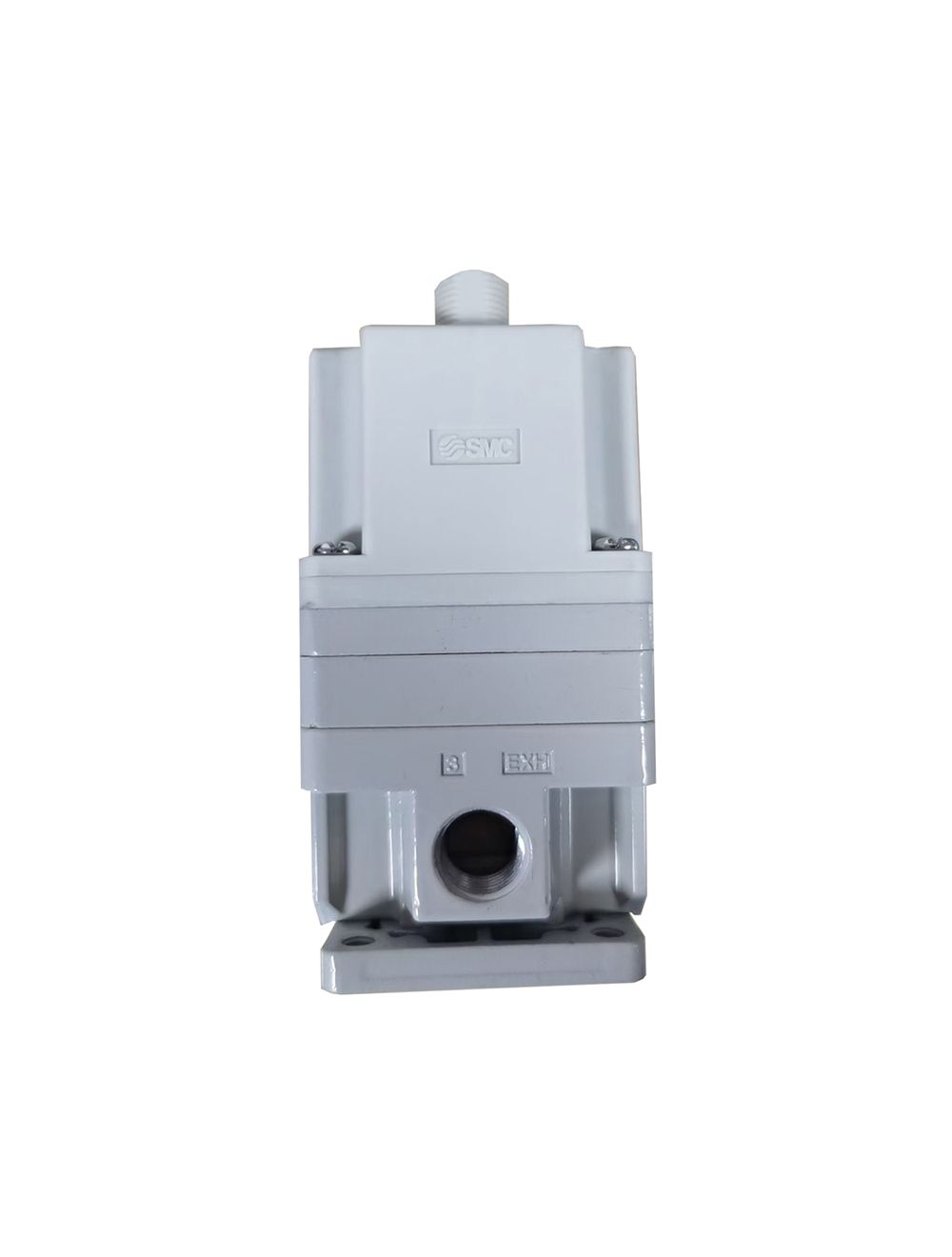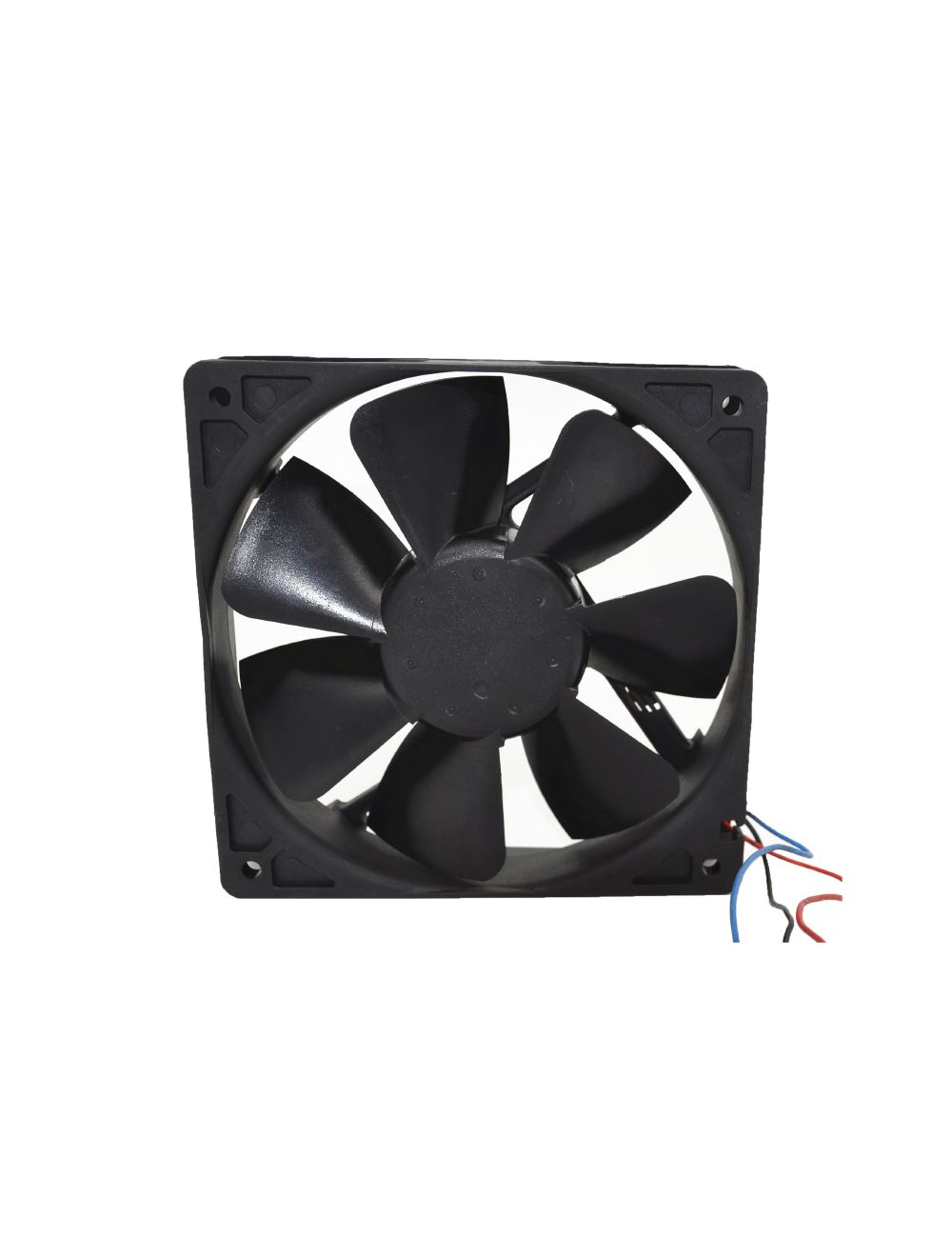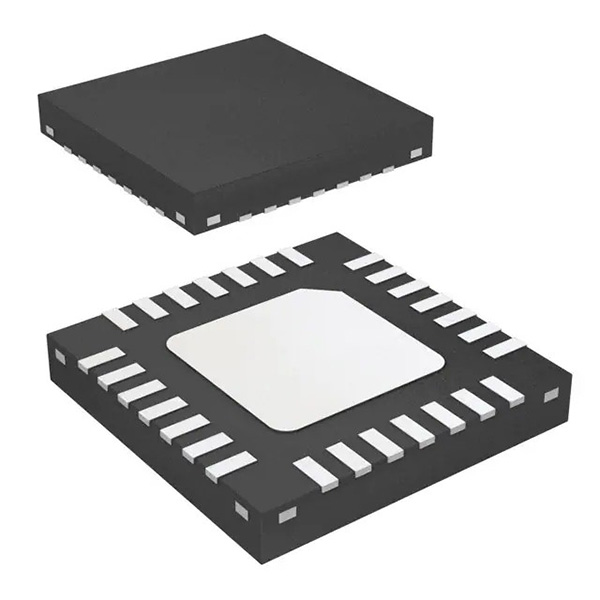11 common protection devices for refrigeration compressors
When the compressor is running, some abnormal conditions may occur, such as: the discharge pressure is too high, the suction pressure is too low, the oil pressure is insufficient, the motor is overheated, and excessive liquid enters the cylinder. If an abnormal situation occurs, the compressor will be damaged if there are no protective measures.
The protective measures taken on the compressor can be divided into four categories:
· Prevent liquid strike;
· Pressure protection;
· Protection of built-in motor;
· Temperature protection.
1. Prevent liquid strike
When too much liquid enters the cylinder and it is too late to discharge it from the exhaust valve, a liquid blow will occur in the cylinder. The high pressure generated during the liquid blow damages the cylinder, piston, connecting rod, etc., so you need to take a Series of protective measures.
1. False cover: The valve assembly is pressed against the end of the cylinder with a spring to form a false cover. When the pressure in the cylinder is too high, the exhaust valve is lifted up and the liquid is discharged, and the pressure in the cylinder quickly decreases. The dummy cover is used for hermetic compressors. The lift limiter of the strip exhaust reed valve is pressed against the valve plate with a pressure relief spring. When the pressure in the cylinder increases due to the liquid hammer, the lift limiter is lifted up, causing the pressure in the cylinder to decrease. After the liquid strike disappears, the pressure relief spring presses the lift limiter against the valve plate, and the compressor continues to run.
2. Oil heater: the lubricating oil in the crankcase dissolves refrigerant, and the dissolved amount increases when the ambient temperature is low. When the compressor starts, the pressure in the crankcase suddenly decreases, a large amount of refrigerant vaporizes, and the lubricating oil is foamy and is sucked into the cylinder, causing liquid shock. Using an oil heater to heat the lubricating oil before starting to reduce the amount of refrigerant dissolved in the lubricating oil is an effective measure to avoid liquid strikes.
3. Gas-liquid separator: The gas-liquid separator is also called liquid reservoir. The gas-liquid mixture from the evaporator is separated in the gas-liquid separator, and the gas enters from the upper part of the outlet pipe and flows out from the lower part. The separated liquid volume is stored at the bottom of the separator. The liquid refrigerant in it is heated and vaporized into the upper part of the outlet pipe. The lubricating oil that cannot be vaporized flows into the outlet pipe from the return hole and then enters the compressor.
Second, pressure protection
1. Control of suction and discharge pressure: When the compressor is running, due to the system or the compressor itself, there may be a situation where the discharge pressure is too high or the suction pressure is too low. pressure. Common controller high and low pressure controller, it consists of high pressure control part and low pressure control part. When the exhaust pressure exceeds a given value, the high-pressure control part acts to cut off the power of the compressor to stop it; when the suction pressure is lower than the given value, the low-pressure control part acts to cut off the power of the compressor to stop it.
2. Oil pressure difference controller: during the operation of the oil pressure protection refrigeration compressor, its moving parts need constant pressure lubricating oil for lubrication and cooling. In order to ensure the safe operation of the compressor, the oil pressure must be controlled. When the oil pressure drops to a certain value, a signal should be sent to stop the compressor. When the pressure difference between the inlet and outlet of the hydraulic pump is too high or too low, the controller acts to cut off the compressor power supply and the motor stops rotating.
3. Built-in motor protection
1. Overheating: The internal temperature of a well-designed motor running under specified conditions will not exceed the allowable value, but the motor internal temperature exceeds the allowable value when the motor is operated at an excessively high or low voltage, or when it is operated in a high-temperature environment In the case of frequent starting, the temperature will be too high due to excessive starting current.
In order to prevent the motor from overheating, in addition to proper use and attention to maintenance, an overheating relay can also be installed. The overheating relay can be installed inside the winding, called the built-in temperature relay, or installed outside the motor, called the external temperature protector. When the internal temperature of the motor exceeds the specified value, the bimetal piece of the built-in temperature relay deforms to cause the contacts to trip, and the motor stops running. When the temperature in the motor drops below the specified value, the contacts are reset and the circuit is reconnected.
Disc bimetal and heater are connected in series between the two terminals of the external temperature and current relay. When the current in the motor is too large, the heating of the bimetallic sheet by the heater makes it in the dotted line position in the figure, the contact jumps, and the motor stops rotating.
2. Phase loss: Three-phase motor phase loss will cause the motor to fail to start or overload. In order to protect the motor from damage caused by lack of phase, an overload relay is used. The overload relay is also used for normal three-phase motors to protect the motor when the current is too large.
Unbalanced voltage between phases leads to three-phase unbalanced current. In the phase with the largest current, the rate of increase in temperature rise is about twice the square of the voltage imbalance ratio. For example: 3% voltage imbalance produces about 18% temperature rise. The measures to protect the motor from unbalanced phases are the same as those taken in the absence of phases.
Fourth, temperature protection
1. Exhaust gas temperature: Excessive exhaust gas temperature leads to decomposition of refrigerant, aging of insulating material, carbonization of lubricating oil, damage to air valve, and clogging of capillary tube and drying filter. The protection method is to use a thermostat to sense the exhaust temperature. The thermostat should be placed close to the exhaust port. When the exhaust temperature is too high, the thermostat will act to cut off the circuit. If the exhaust gas temperature is too high due to hot gas bypass, the method of shutdown should not be used, and spray cooling should be used.
2. Case temperature: The case temperature will affect the life of the compressor. If the temperature of the cabinet is too high, it may be caused by the insufficient heat exchange capacity of the condenser. Therefore, you should check the landscape or water volume of the condenser. Overheating; the suction temperature is too high, the chassis is easy to overheat, in addition, the motor will overheat the chassis too hot.
Avoid overheating of the casing, and the fundamental method to protect the compressor is to correctly deal with the above problems, and install a temperature protector on the casing. The most commonly used case temperature protector is to place it in a suitable place on the case. When the case temperature is too high, the disc-shaped bimetallic sheet deforms due to the temperature, causing the contacts in the circuit to jump open and the compressor to stop. .
3. Oil temperature protection: To prevent the lubricating oil temperature from being too high, sometimes it is applied during the operation of the compressor. Sometimes, although the oil pressure difference is normal, the lubricating performance may be reduced due to the high oil temperature, which may cause the friction parts such as bushes to be burned out To control the oil temperature protection.
4. Cooling water cut-off protection: If the cooling water of the compressor water jacket is cut off, it will cause the compressor exhaust temperature to rise, and in serious cases, the cylinder will be deformed. Install a pair of electrical contacts on the outlet pipe of the cooling water jacket of the compressor. When water flows through, the electrical contacts are conducted by the water, and the relay sends a signal to make the compressor start or normal operation. If the water flow is interrupted, the electrical contacts of the relay are disconnected, and the compressor cannot be started or shut down in an accident. However, there are often air bubbles in the water flow, which will cause misoperation, and the water jacket will not cause an accident immediately. Therefore, the relay should be delayed, and the general delay is 15 ~ 30s.
The aforementioned protection devices are not all protection control contents. In addition, there are liquid level protection control and medium pressure protection control (to prevent the exhaust pressure of the low-pressure stage of the two-stage compression system from being too high). These protection measures are not necessarily all in the actual project. Adoption depends on the specific situation.
Recent related posts
06/14/2020
11 common protection devices for refrigeration compressors
11 common protection devices for refrigeration compressors When the compressor is running, some abnormal conditions may occur, such as: the discharge pressure is too high, the suction pressure is too low
06/14/2020
Air conditioning expansion valve
What is the principle of air conditioning expansion valve? The electronic expansion valve is a throttling element that can enter the refrigerant flow of the refrigeration device according to a preset procedure
06/14/2020
Business management logic of cold storage management system
Business management logic of cold storage management system Nowadays, the development of the cold storage industry is fast, but the scale of the cold storage enterprises is uneven.
06/14/2020
After continuous decline, how can scroll compressors play new tricks
After continuous decline, how can scroll compressors play new tricks With the market share being seized by the rotor compressor and the "disease and external troubles" of the macroeconomic downturn
06/14/2020
11 common protection devices for refrigeration compressors
11 common protection devices for refrigeration compressors When the compressor is running, some abnormal conditions may occur, such as: the discharge pressure is too high
06/14/2020
Scroll compressor 2020 or will enter the dark moment
Scroll compressor 2020 or will enter the dark moment Affected by factors such as product competition and the weakening of downstream demand, in the context of the overall downturn in the HVAC industry,
06/14/2020
refrigeration compressorIndustry prospects
The type, application, geographic location and end-user industry of refrigeration compressor products are the main market areas in this study.
06/14/2020
One of the directions of scroll compressor's attack deep dive into the low-temperature market
One of the directions of scroll compressor's attack deep dive into the low-temperature market In Panasonic's view, in the field of air conditioning
06/14/2020
Leading refrigeration compressor manufacturer company operating worldwide
Leading refrigeration compressor manufacturer company operating worldwide Emerson GMCC Huayi Compressor Yellowstone Dongbei Randa
06/14/2020
How to solve the problems encountered during the operation of 120KW cold air-cooled compressor
The 120KW cold capacity air-cooled compressor mainly has three related systems: refrigerant circulation system, water circulation system and automatic electrical control system.
Customers frequently viewed
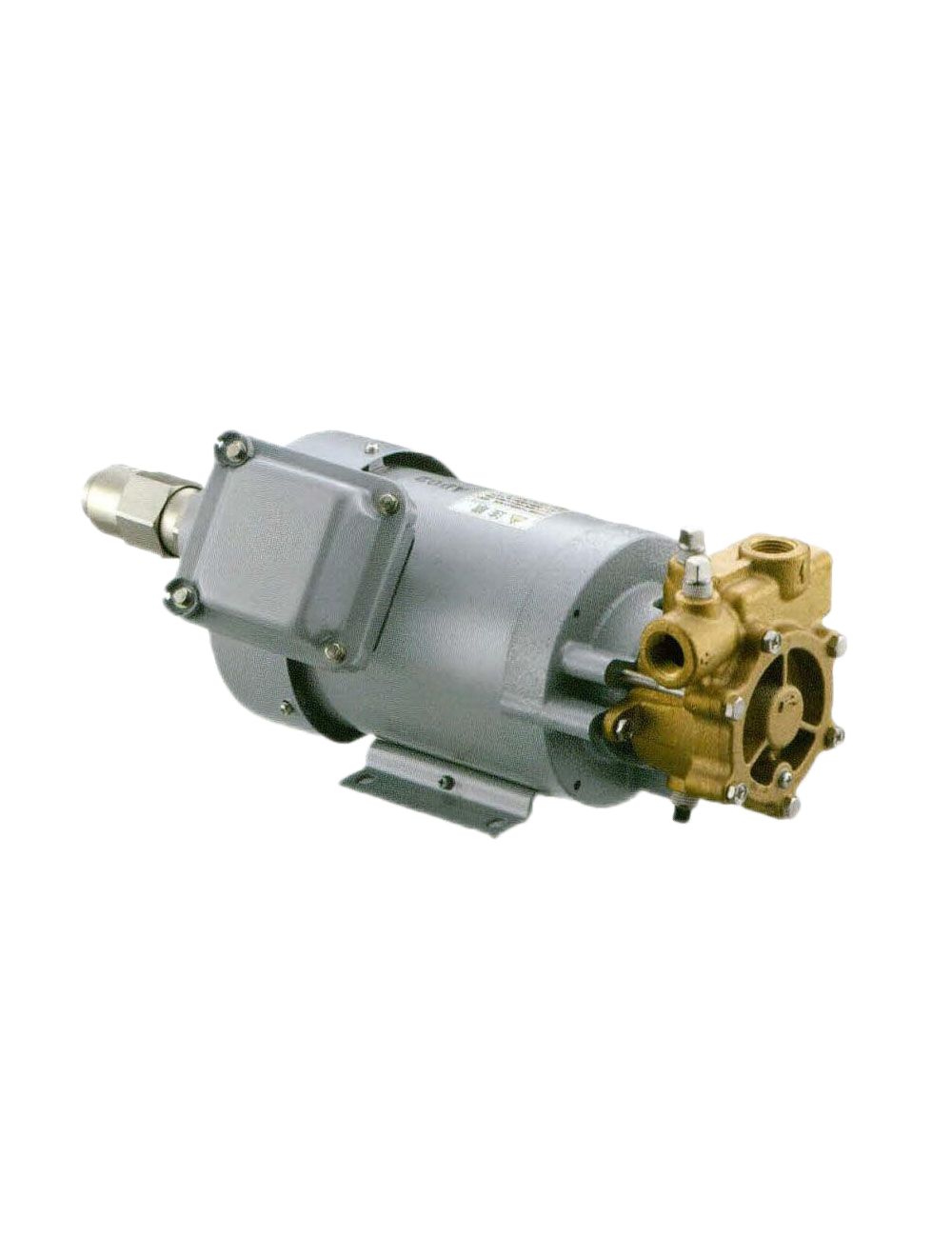
IWAYA DENKI Water Pump 25CJT0752

Panasonic Servo Motor MHMF022L1V2M
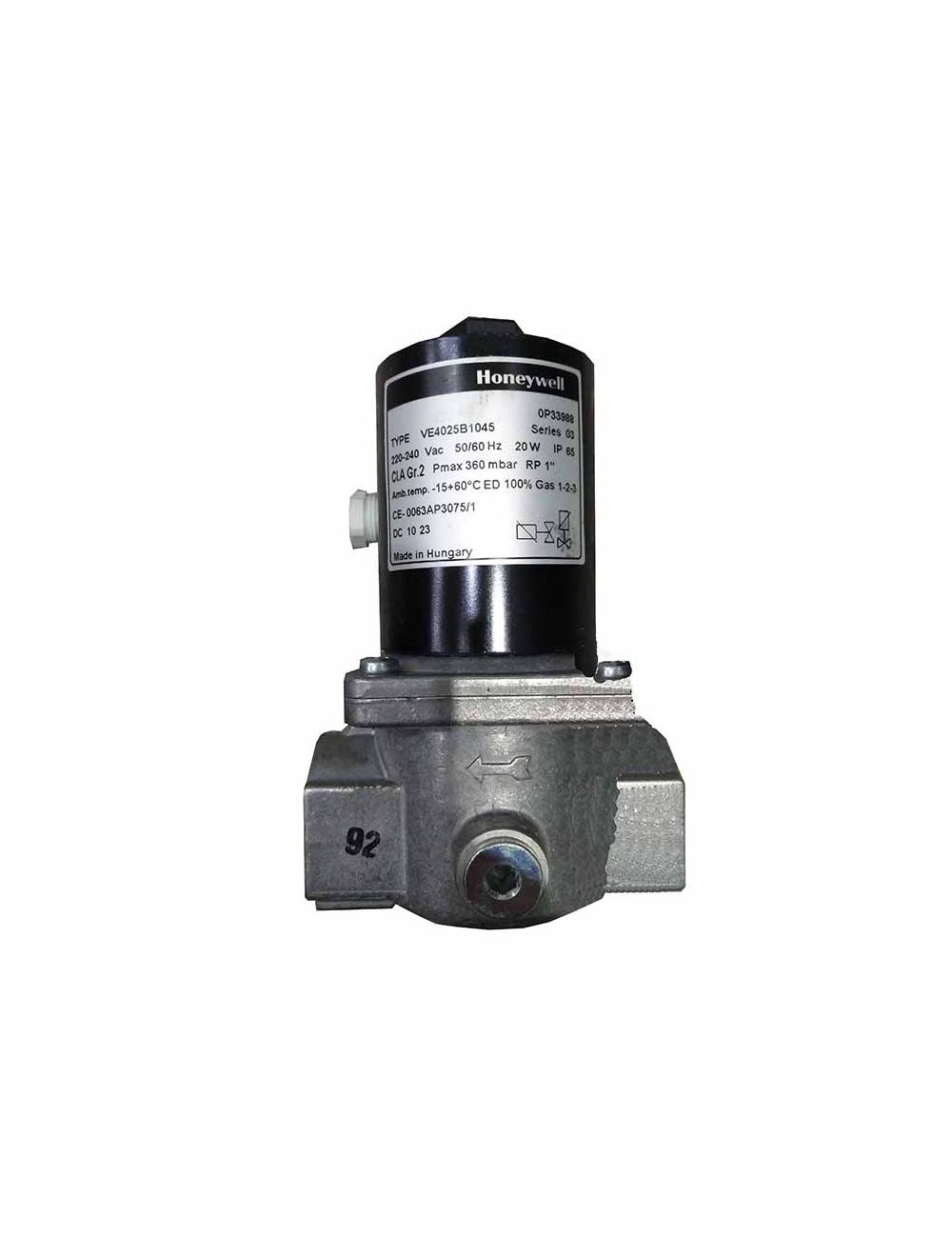
Honeywell Solenoid Valve VE4025B1045
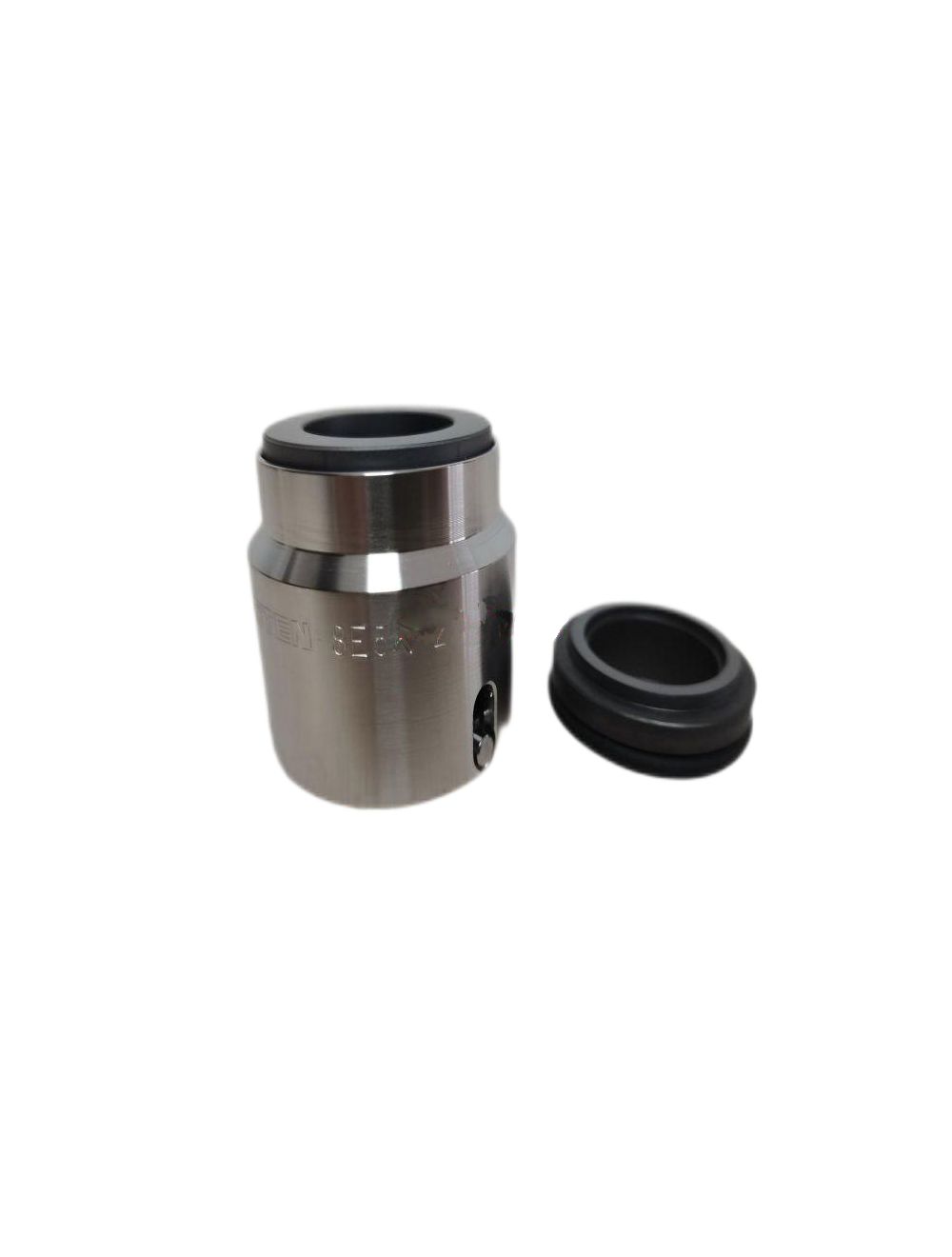
ROTEN Mechanical Seal 8E5K-22-X
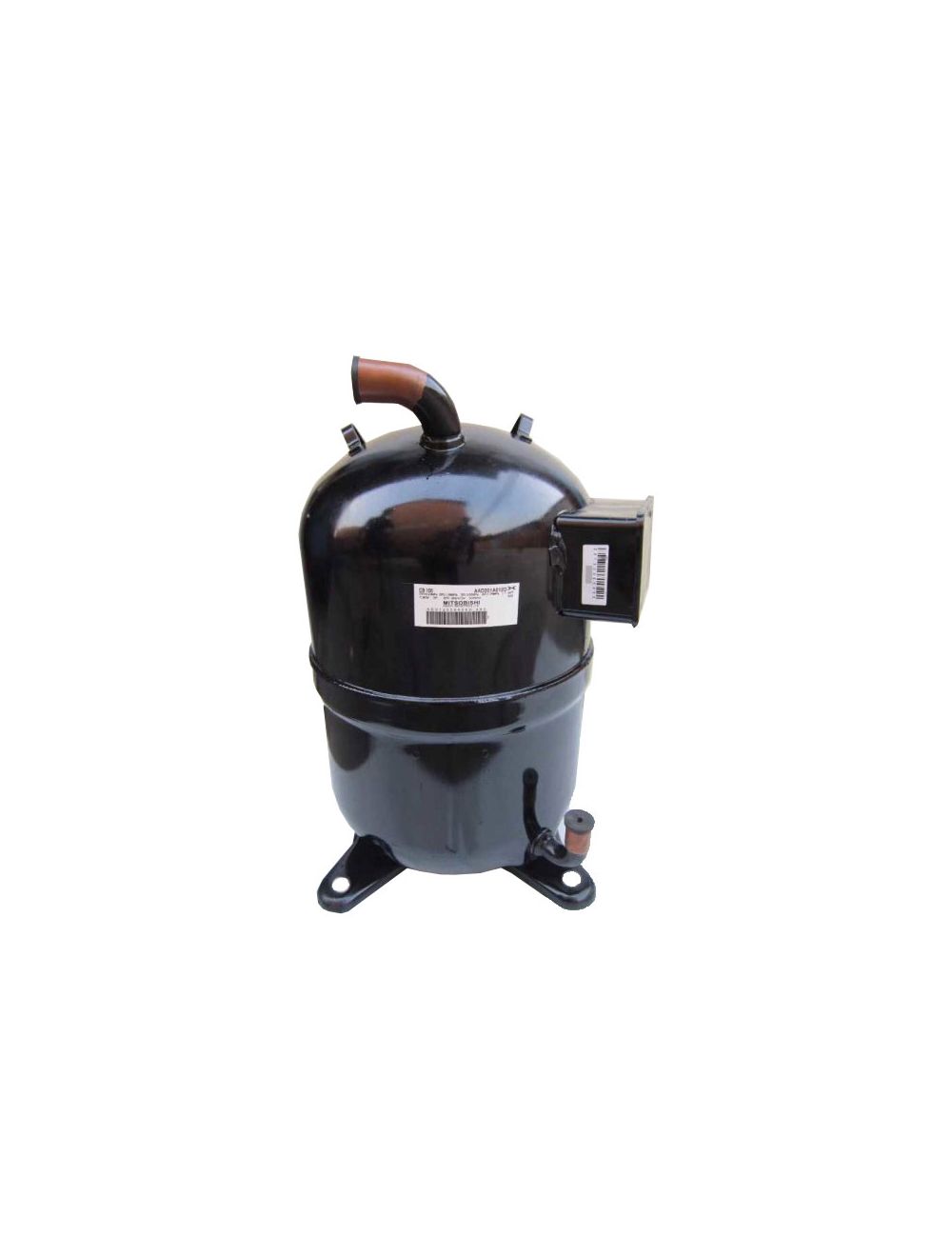
Mitsubishi Compressor SVB172FCKMT
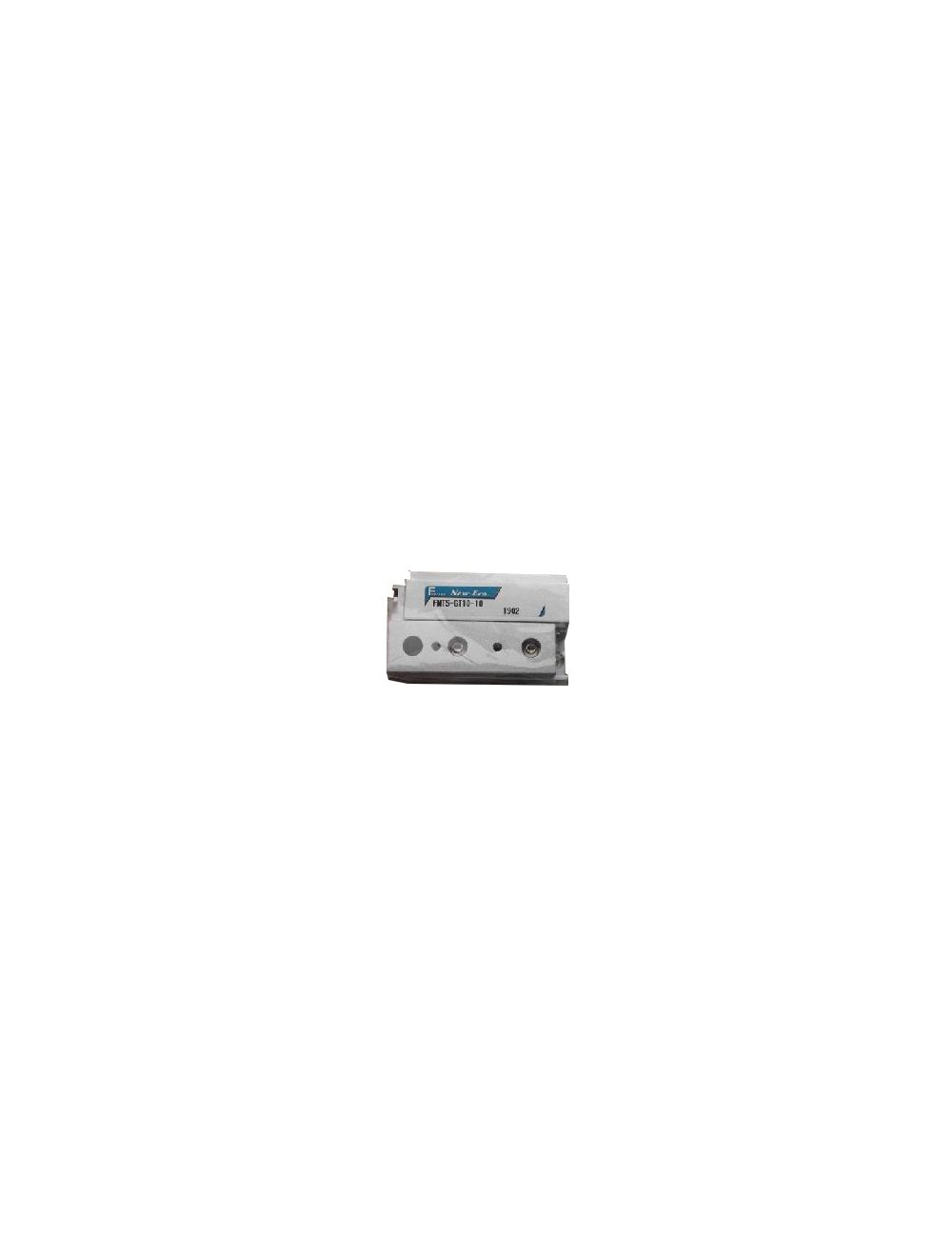
NEW-ERA Air Cylinder FMTS-GT10-10

VISHAY Resistor PHT0805Y1000BGT

KNF Vacuum Pump N89KTE

